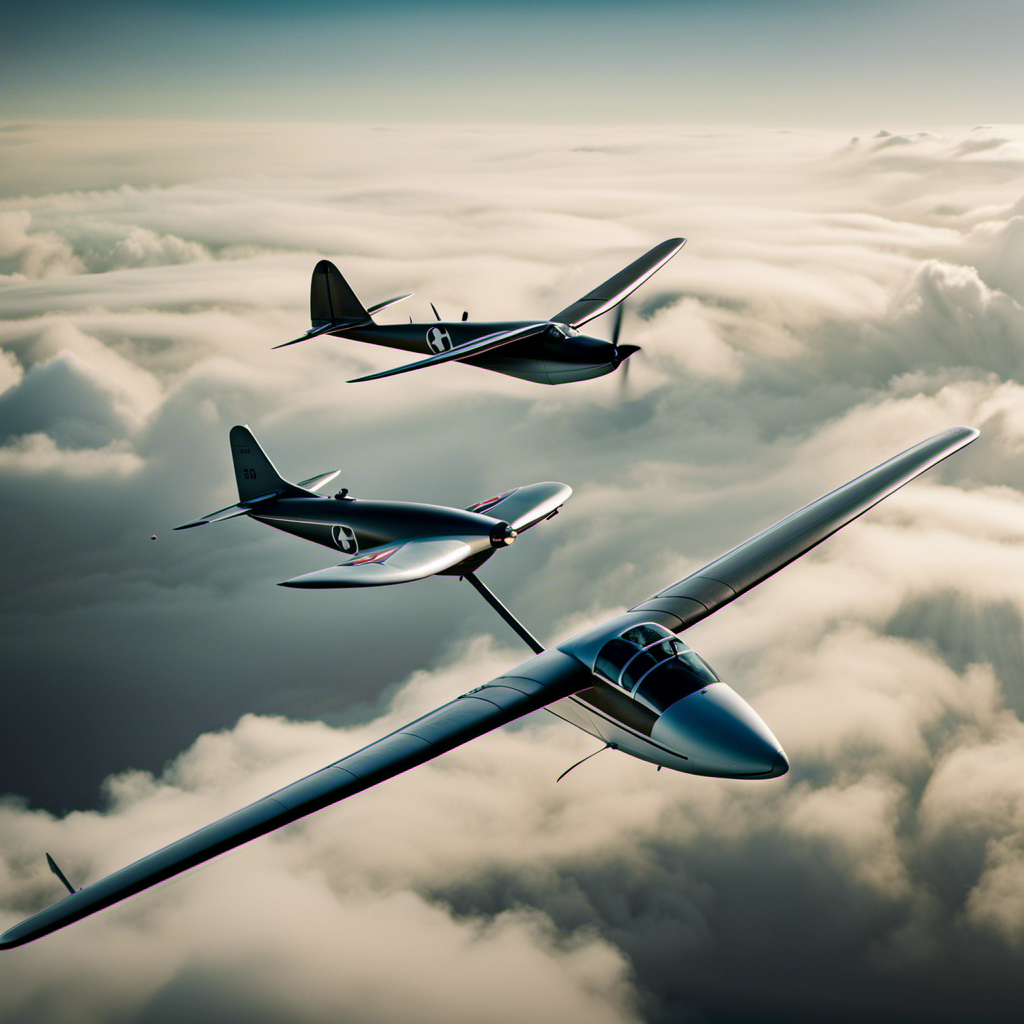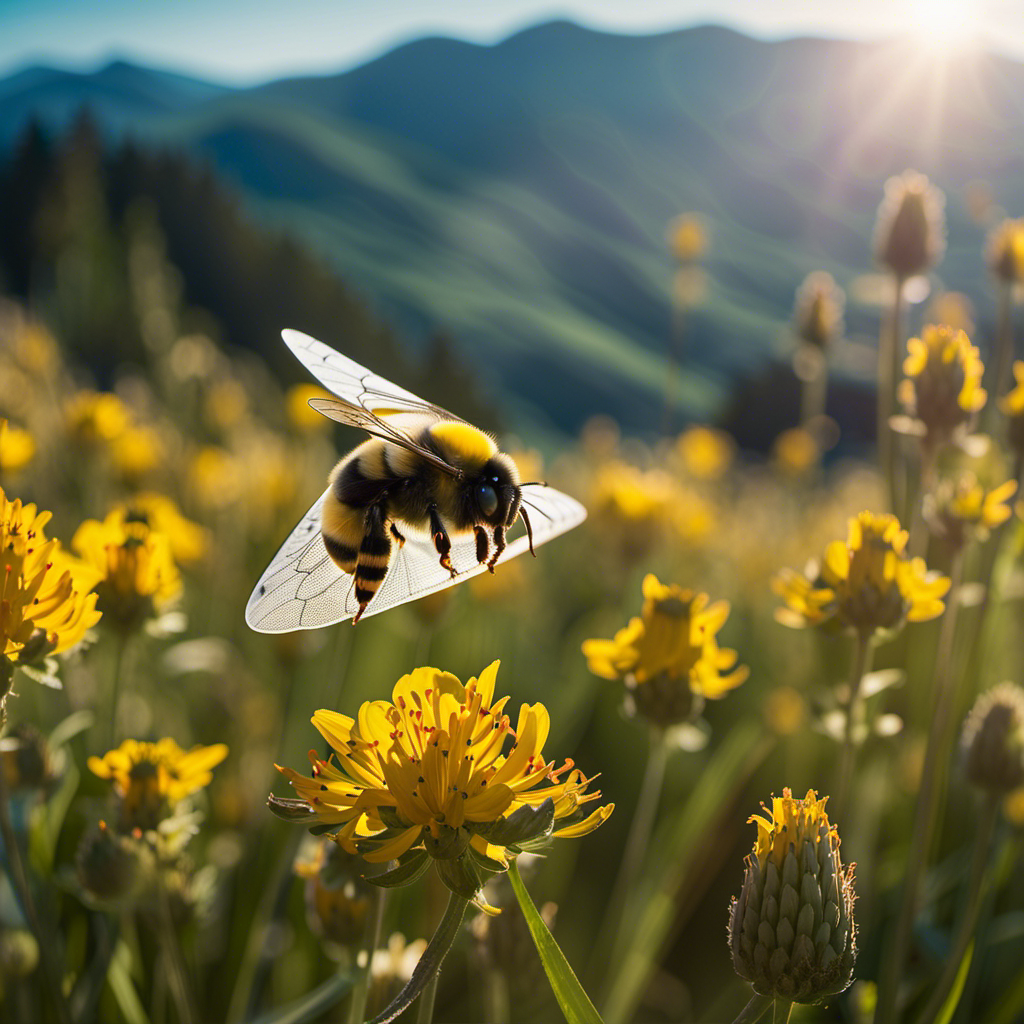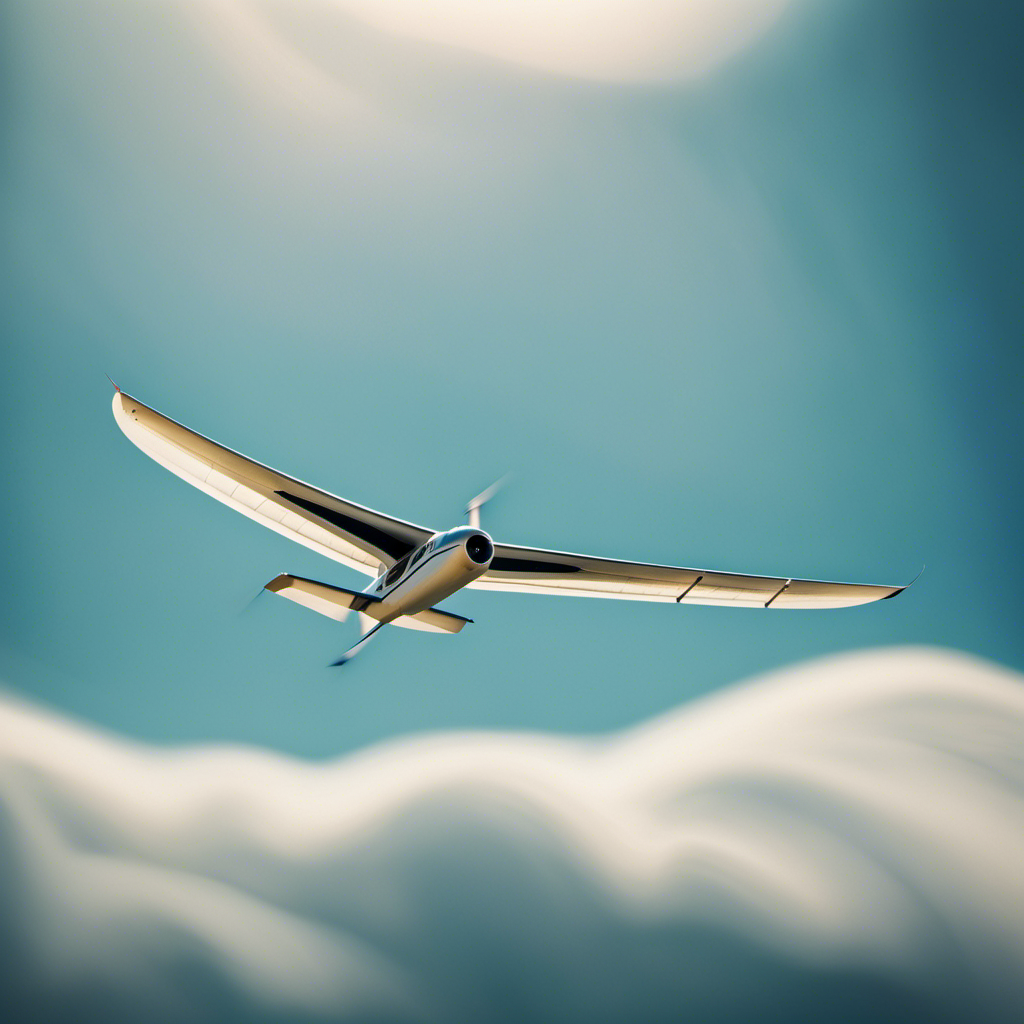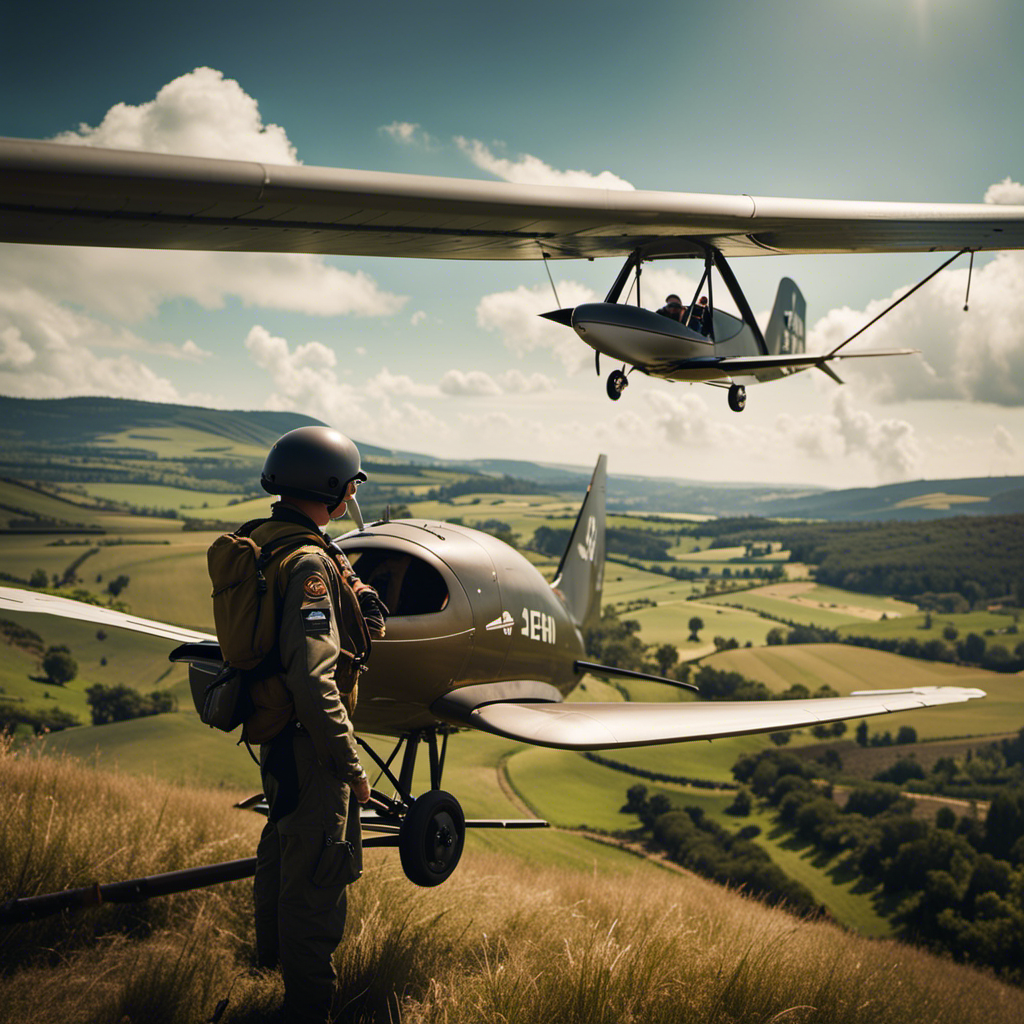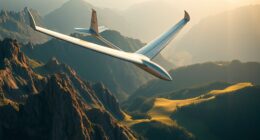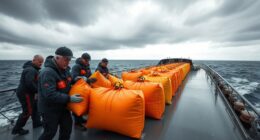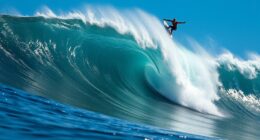Have you ever thought about what sets a glider apart from a sailplane? Even though they may seem similar at first, there are distinct characteristics that distinguish the two.
In this article, we’ll explore the definitions, design differences, and purposes of gliders and sailplanes. We’ll dive into the power sources, pilot requirements, and safety features of each.
By the end, you’ll have a clear understanding of these unique aircraft and appreciate their individual qualities.
Key Takeaways
- Gliders and sailplanes are equipped with safety features and adhere to strict regulations and flight procedures.
- They offer a thrilling soaring experience without an engine and have minimal carbon footprint.
- Gliders and sailplanes have unique qualities such as graceful and serene flight, greater control and maneuverability, and the ability to take advantage of rising air currents.
- They provide benefits like longer flight times, the opportunity to connect with nature, and the chance to participate in a vibrant community with competitions and events worldwide.
Definition of a Glider and a Sailplane
A glider and a sailplane are essentially the same thing, so you can use the terms interchangeably. Both refer to unpowered aircraft designed to fly without an engine. Gliders and sailplanes rely on the forces of lift and gravity to stay in the air and are typically launched by being towed by another aircraft or by using a winch.
These aircraft are made of lightweight materials like fiberglass or carbon fiber to reduce weight and increase maneuverability. They are equipped with control surfaces such as ailerons, elevators, and rudders to control pitch, roll, and yaw.
The main difference between a glider and a sailplane lies in their intended use. Gliders are often used for recreational purposes or as a training aircraft, while sailplanes are specifically designed for competitive soaring.
Now let’s explore the basic design and structure differences between the two.
Basic Design and Structure Differences
You can easily distinguish a glider from a sailplane by looking at their basic design and structure. Here are some key differences to help you understand them better:
- Wingspan: Gliders tend to have a shorter wingspan compared to sailplanes, which allows for easier maneuverability in tight spaces.
- Shape: Gliders typically have a more tapered wing shape, whereas sailplanes often have a longer and more slender wing design for increased lift and efficiency.
- Cockpit: Gliders usually have an open cockpit, providing a more exhilarating flying experience, while sailplanes often have a closed cockpit for better aerodynamics and comfort.
These design differences play a significant role in how each aircraft performs in the air.
Now, let’s explore the purpose and use of gliders, which goes beyond their design and structure.
Purpose and Use of Gliders
The purpose and use of gliders extend beyond their design and structure, offering a unique and exhilarating flying experience. Gliders are primarily used for recreational purposes, allowing pilots to soar through the skies without the need for an engine. They are also used in competitive sports, such as glider racing, where pilots compete to cover long distances in the shortest possible time.
Gliders are often used for training purposes as well, teaching aspiring pilots the fundamentals of flight and aerodynamics. Additionally, gliders have a practical purpose in scientific research, as they can be equipped with instruments to gather data on the atmosphere and weather patterns.
Overall, gliders serve multiple purposes and provide pilots with a thrilling and environmentally friendly way to take to the skies.
Transitioning into the subsequent section about the purpose and use of sailplanes, it is important to note that sailplanes are a specific type of glider that are designed for extended flights and performance.
Purpose and Use of Sailplanes
When piloting a sailplane, you’ll experience longer flights and enhanced performance compared to other types of gliders. Sailplanes are designed for soaring, utilizing the natural forces of the atmosphere to stay aloft for extended periods of time.
These aircraft are built with sleek, streamlined bodies and large wingspans to maximize lift and minimize drag. Sailplanes are typically launched by being towed into the air by a powered aircraft or by using a winch.
Once in the air, pilots rely on thermals, ridge lift, and wave lift to gain altitude and sustain flight. The ability to stay airborne for hours and travel great distances makes sailplanes ideal for recreational flying, cross-country competitions, and even scientific research.
Now, let’s delve into the fascinating world of power source and propulsion systems.
Power Source and Propulsion Systems
Powered sailplanes, also known as self-launching sailplanes, are equipped with an engine, allowing you to take off independently without the need for a tow or winch. These aircraft combine the best of both worlds, giving you the freedom to soar like a glider and the ability to power up when needed.
Here are two reasons why powered sailplanes can evoke a sense of excitement and adventure:
-
Versatility: With an engine on board, you have the flexibility to explore new areas and fly longer distances. This opens up a whole new world of possibilities, allowing you to discover breathtaking landscapes and embark on unforgettable journeys.
-
Independence: Having the ability to self-launch means you can fly whenever you want, without relying on external resources. This sense of freedom and self-sufficiency can be incredibly empowering, empowering you to pursue your passion for flying on your own terms.
Now, let’s delve into the fascinating world of flight characteristics and performance of powered sailplanes.
Flight Characteristics and Performance
Flying a powered sailplane allows you to experience the thrill of soaring through the sky while also having the added advantage of an engine for increased speed and maneuverability. Unlike traditional gliders, powered sailplanes have the ability to generate their own forward thrust, giving them the capability to climb and maintain altitude without relying solely on thermals or updrafts.
This means you can take off and land on conventional airstrips, making powered sailplanes more versatile than gliders. Additionally, the engine provides a safety net during emergencies or when encountering unfavorable weather conditions.
With the ability to fly at higher speeds and perform aerobatic maneuvers, powered sailplanes offer a more dynamic and exciting flying experience.
Transitioning into the next section, let’s explore the pilot requirements and training necessary to fly these amazing aircraft.
Pilot Requirements and Training
Now that you have a good understanding of the flight characteristics and performance of gliders and sailplanes, let’s delve into the pilot requirements and training for these aircraft.
One of the key differences between gliders and sailplanes is the level of pilot skill and training needed to fly them. While both require a pilot’s license, gliders typically have more relaxed regulations and allow for solo flight at an earlier stage of training. On the other hand, sailplanes require more extensive training and experience due to their higher performance and complexity.
It is essential for aspiring sailplane pilots to undergo thorough instruction and obtain additional ratings to ensure they can safely handle the demands of these advanced aircraft. These requirements and training procedures contribute to the development of skilled and competent pilots in the gliding community.
In the subsequent section, we will explore the safety features and regulations that govern gliders and sailplanes, providing an insight into the measures taken to ensure the well-being of pilots and passengers.
Safety Features and Regulations
When it comes to safety features and regulations, you’ll be glad to know that gliders and sailplanes are equipped with various systems and guidelines to ensure a secure and controlled flying experience.
These aircraft are designed with safety in mind, incorporating features such as aerodynamic stall warning devices, collision-avoidance systems, and emergency parachutes.
Additionally, strict regulations and guidelines govern the operation of gliders and sailplanes, including requirements for regular inspections, pilot licensing, and adherence to specific flight procedures.
These measures are put in place to mitigate risks and ensure the safety of both the pilots and the passengers.
With such comprehensive safety measures, you can have peace of mind when soaring through the skies in a glider or sailplane.
Speaking of safety, let’s now delve into the next section to explore the popularity and availability of gliders and sailplanes.
Popularity and Availability
The popularity and availability of gliders and sailplanes have increased in recent years due to their unique and exhilarating flying experience. Here are four reasons why these aircraft have become so popular:
-
Thrilling Soaring Experience: Gliders and sailplanes offer a one-of-a-kind sensation of flying without an engine. By utilizing rising air currents, pilots can stay aloft for extended periods, experiencing the freedom of unpowered flight.
-
Accessibility: Gliders and sailplanes are more accessible now than ever before. Many flight schools offer training programs and rental options, making it easier for enthusiasts to experience the joy of flying these aircraft.
-
Environmental Friendliness: As gliders and sailplanes don’t rely on fossil fuels, they have a minimal carbon footprint. This eco-friendly aspect appeals to individuals concerned about the environment.
-
Community and Competitions: The glider and sailplane community is vibrant, with numerous competitions and events held worldwide. This sense of camaraderie and the opportunity to showcase skills attracts many people to these aircraft.
Conclusion: Appreciating the Unique Qualities of Gliders and Sailplanes
To truly appreciate the unique qualities of these aircraft, you should take the opportunity to experience the exhilaration of unpowered flight firsthand.
Gliders and sailplanes offer a remarkable experience that combines the thrill of flying with the grace of soaring through the sky. These aircraft are designed to fly without an engine, relying solely on the forces of nature to stay airborne.
The lack of an engine allows for a tranquil and serene flight experience, where you can truly connect with the elements and feel the wind beneath your wings. Gliders and sailplanes also offer a greater level of control and maneuverability compared to powered aircraft, as they are designed to take advantage of rising air currents and thermals.
This allows for longer flight times and the ability to explore new heights and distances. So, if you want to truly appreciate the unique qualities of gliders and sailplanes, go ahead and take flight – you won’t be disappointed.
Frequently Asked Questions
Can a glider or sailplane be easily converted into a powered aircraft?
Yes, both gliders and sailplanes can be converted into powered aircraft. By adding an engine, you can provide propulsion and make them capable of taking off without needing a tow or a launch from a hill.
What are the specific safety regulations and requirements for operating a glider or sailplane?
To operate a glider or sailplane, you must adhere to specific safety regulations and requirements. These guidelines ensure the safety of both pilots and passengers, covering areas such as pilot qualifications, inspections, maintenance, and flight operations.
Are there any limitations or restrictions on where gliders or sailplanes can fly?
Glider and sailplane pilots must adhere to airspace regulations and obtain proper clearances. Their flight paths are limited to designated areas, and they are restricted from flying in certain controlled airspace, such as near airports.
How do gliders and sailplanes handle in different weather conditions, such as strong winds or turbulence?
In strong winds, gliders and sailplanes can be challenging to handle. Turbulence can cause instability and make it difficult to maintain control. Pilots must be skilled and experienced to navigate these conditions safely.
Are there any specific maintenance or inspection procedures that need to be followed for gliders and sailplanes?
For gliders and sailplanes, regular maintenance and inspections are crucial to ensure safe and reliable operation. This includes checking the airframe, control surfaces, and instruments, as well as inspecting and maintaining the wing structure and flight controls.
Conclusion
So there you have it, the difference between a glider and a sailplane.
While they may seem similar at first glance, their distinctions become clear when you delve deeper into their design, purpose, and use.
Gliders offer a sense of freedom and simplicity, relying solely on the power of nature to soar through the skies.
On the other hand, sailplanes combine the elegance of gliding with the added advantage of a propulsion system, allowing for greater control and versatility.
Both have their unique qualities, and it is this juxtaposition that makes them so fascinating and captivating to aviation enthusiasts.
With a heart that soars as high as the skies, Aria, affectionately known as “Skylark,” is the driving force behind Soaring Skyways. Her journey into the gliding world began as a young dreamer gazing up at the soaring birds, yearning to experience the weightlessness and freedom they embodied. With years of experience both in the cockpit and behind the scenes, Aria’s commitment to the gliding community is unwavering.
